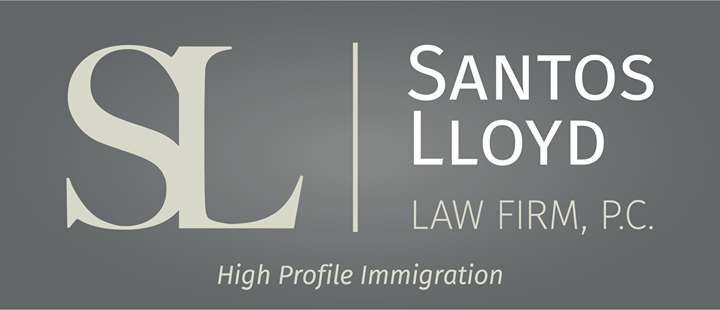Understanding E-Verify+: What the New Updates Mean for Employers and Employees
What is E-Verify+?
E-Verify+ is the newest version of E-Verify, a system run by the U.S. Department of Homeland Security (DHS) to help employers confirm the work eligibility of their employees. Effective October 21, 2024, E-Verify+ includes new features designed to streamline the employment verification process and ensure more accurate, secure results for both employers and employees.
The E-Verify system checks a person’s work eligibility by comparing information from their Form I-9 (Employment Eligibility Verification) with records from DHS and the Social Security Administration (SSA). E-Verify+ takes this process further with enhanced capabilities and updated features, which make verification faster, more reliable, and more user-friendly.
What’s New in E-Verify+?
- Automated Work Authorization Extensions
For employees who are renewing work authorization, E-Verify+ can now provide automatic updates if the renewal process is delayed. This minimizes disruptions for both employers and employees, ensuring that work authorization continues as long as the renewal is in process. - Enhanced Accuracy with Biometric Verification
One of the key updates in E-Verify+ is biometric verification, which uses fingerprints or other biometrics to confirm an employee’s identity more accurately. This feature is expected to reduce identity theft and improve the reliability of work authorization checks. - Simplified Case Management System
E-Verify+ includes an updated case management system that allows employers to resolve discrepancies and update information more efficiently. For instance, if there is a mismatch between an employee’s Form I-9 and government records, E-Verify+ will guide employers on next steps to quickly address the issue. - Integration with EAD (Employment Authorization Document) Updates
Employees applying for Employment Authorization Documents (EAD) will find that E-Verify+ now includes an integration feature that tracks the status of EAD renewals and provides employers with updates on pending applications.
What Does This Mean for Employers?
With E-Verify+, employers benefit from a more efficient and reliable employment verification process. Employers who participate in E-Verify+ are better equipped to avoid penalties for hiring unauthorized workers while also reducing administrative burdens associated with verification. The system’s enhanced automation helps streamline the hiring process, which can save time and resources for businesses.
What Does This Mean for Employees?
For employees, E-Verify+ provides greater security and transparency. Automated work authorization extensions can help prevent employment gaps due to delays in authorization processing, which is especially important for those relying on renewals. Additionally, the use of biometrics means employees can be assured that their personal identity is protected during verification.
If you want to find out more about E-Verify or want to better understand the employment verification process, please contact one of our experienced Immigration Attorneys!
This blog is not intended to be legal advice and nothing here should be construed as establishing an attorney client relationship. Please schedule a consultation with an immigration attorney before acting on any information read here.
Angelica Rice
Similar Posts










